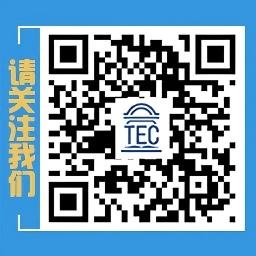
Author: KONG Lingshuai
This book focuses on the dual challenges of educational equity and quality improvement: through the case of "Foundation Aid," it analyzes how New York addresses the uneven distribution of educational resources across school districts. Taking the development of charter schools (projected to cover 15% of public school students by 2025) and the reform of gifted education (shifting from age-4 testing to teacher recommendation + lottery system) as examples, it explores institutional innovations and associated controversies. From an economic perspective, the book emphasizes higher education’s driving role in the urban economy — universities contribute $35 billion annually to the GDP, attract global talents, and promote technological innovation (such as the linkage between New York University and the fintech industry). However, it also points out the structural problem of delayed employment recovery in the post-pandemic era.
Against the backdrop of globalization, New York’s education presents three key characteristics: first, the pluralistic game in policy-making (e.g., the division of powers and responsibilities between the mayor and the state government); second, forward-looking reforms in the curriculum system (e.g., the integration of STEM education with humanistic ethics, and the popularization of dual enrollment programs); third, the dual mission of immigrant education — to both promote cultural integration and protect linguistic diversity (e.g., the implementation of bilingual education acts). Through comparative analysis, the author provides references for China’s megacities to optimize their educational layout and enhance international competitiveness. In particular, it emphasizes the need to balance standardized assessment with personalized development and build a "lifelong learning ecosystem" to meet the challenges of the artificial intelligence era.




